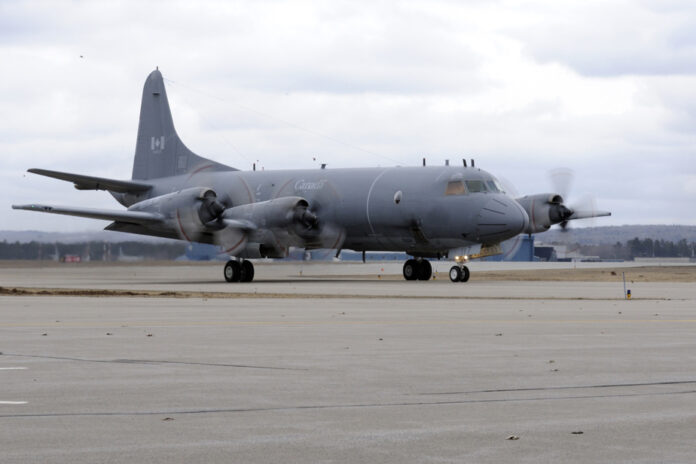Ottawa defends tooth and nail its preference for Boeing to replace its aging maritime patrol planes. The chances of seeing Bombardier compete with the American giant to obtain this multi-billion dollar contract seem to be in decline.
Despite the public outings of the Quebec aircraft manufacturer, a pan-Canadian common front of the aerospace industry and the appeals launched by Quebec and Ontario, senior federal officials persist and sign: there is nothing else as Boeing’s P-8A Poseidon to replace the Royal Canadian Air Force’s (RCAF) CP-140 Auroras – a conclusion with which Bombardier disagrees.
“When we made our request for information, there was also a third party (an external firm) who looked at the results,” says Assistant Deputy Minister, Supply and Defense, Simon Page. This third party confirmed that there was no availability in the 2030s and 2040s.”
He testified, Tuesday, at the end of the day, before the Standing Committee on Government Operations and Budget Estimates, made up of deputies from the Liberal Party of Canada, the Conservative Party of Canada, the Bloc Québécois and the New Democratic Party. Mr. Page was accompanied by colleagues from the Ministries of Industry and National Defense.
According to Mr. Page, no less than 23 companies, aircraft manufacturers and equipment suppliers, responded to the Trudeau government’s request for information in the winter of 2022. Bombardier was among them, he says. The committee requested that the report from the external firm, whose name was not specified, be provided to it.
The issue of replacing the CP-140s, a potential $9 billion contract, has become politicized over the past year. The Ministry of Defense favors the Boeing aircraft – which is similar to the 737 family of commercial aircraft and which can launch torpedoes. The P-8A was identified as the only aircraft that could meet Canadian requirements. Up to 16 copies could be ordered by Canada.
Eager to increase its exposure to the military sector, the Quebec multinational is asking for the chance to promote a modified version of its Global 6500 private jet, which is assembled in Ontario, through a call for tenders. The aircraft would be equipped with systems and sensors – the equivalent of the nervous system – designed by General Dynamics and would have the capacity to carry out surveillance and anti-submarine warfare missions. The catch: the device doesn’t exist yet.
“Only Boeing has proposed an off-the-shelf military aircraft,” Page said in his opening remarks. In the other answers, these were only partial solutions, an aircraft that was not yet developed or would require significant modifications. »
The CP-140s must be gradually phased out from 2030. None of the deputies present at the hearing questioned the reason why Bombardier’s proposal was not popular with the Ministry of Defense. The questions mainly focused on the government’s favorable bias towards Boeing.
In a statement sent to La Presse, Bombardier expressed its “disagreement” with the “conclusions drawn by government representatives.”
“Tuesday’s recommendations and discussions ultimately concern falsehoods and political pressure that disadvantage Canadians and our entire aeronautical sector,” the company argues.
According to information released on June 27 by an agency of the American Department of Defense, the price of 16 P-8A Poseidon that the American aircraft manufacturer aims to sell to Canada amounts to 5.9 billion US dollars. This does not mean, however, that a purchase contract has been concluded, says the Trudeau government.
This is also what Mr. Page repeated before the standing committee. However, we do not know when Ottawa will decide.
Boeing’s Poseidon is assembled in the United States. However, several companies established in Quebec and the rest of the country act as suppliers. Among these, we find CAE, GE Aviation, which has an office in Bromont, as well as the conglomerate that owns Pratt















